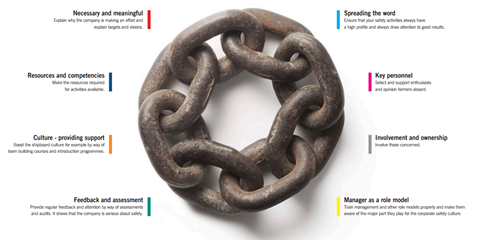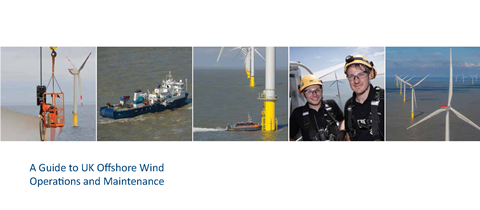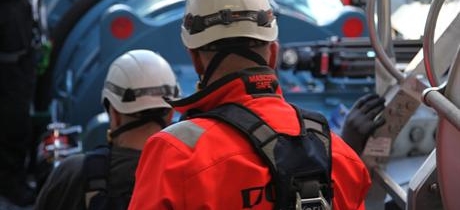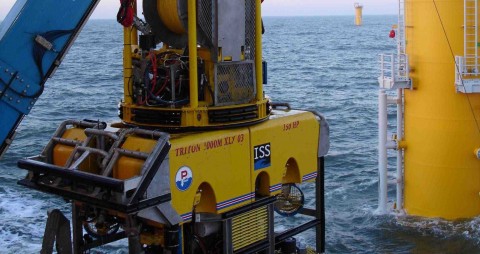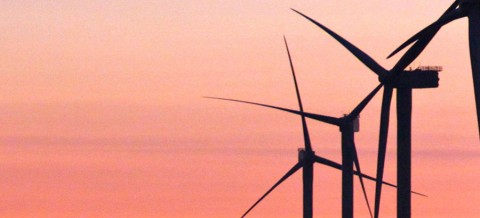
Get it right the first time and save a lot of time and money. The right and proper contract for a wind farm is the roadmap to a solid business case. This calls for knowledge, insight, understanding and, importantly, dialogue on both sides of the negotiation table from utilities and developers.
Today’s wind projects cannot rely on a standard contract from the wind turbine manufacturer. The costs of capex and opex are so high that there has to be a robust contract that secures an investment that should stretch beyond 20 years. Continue reading

